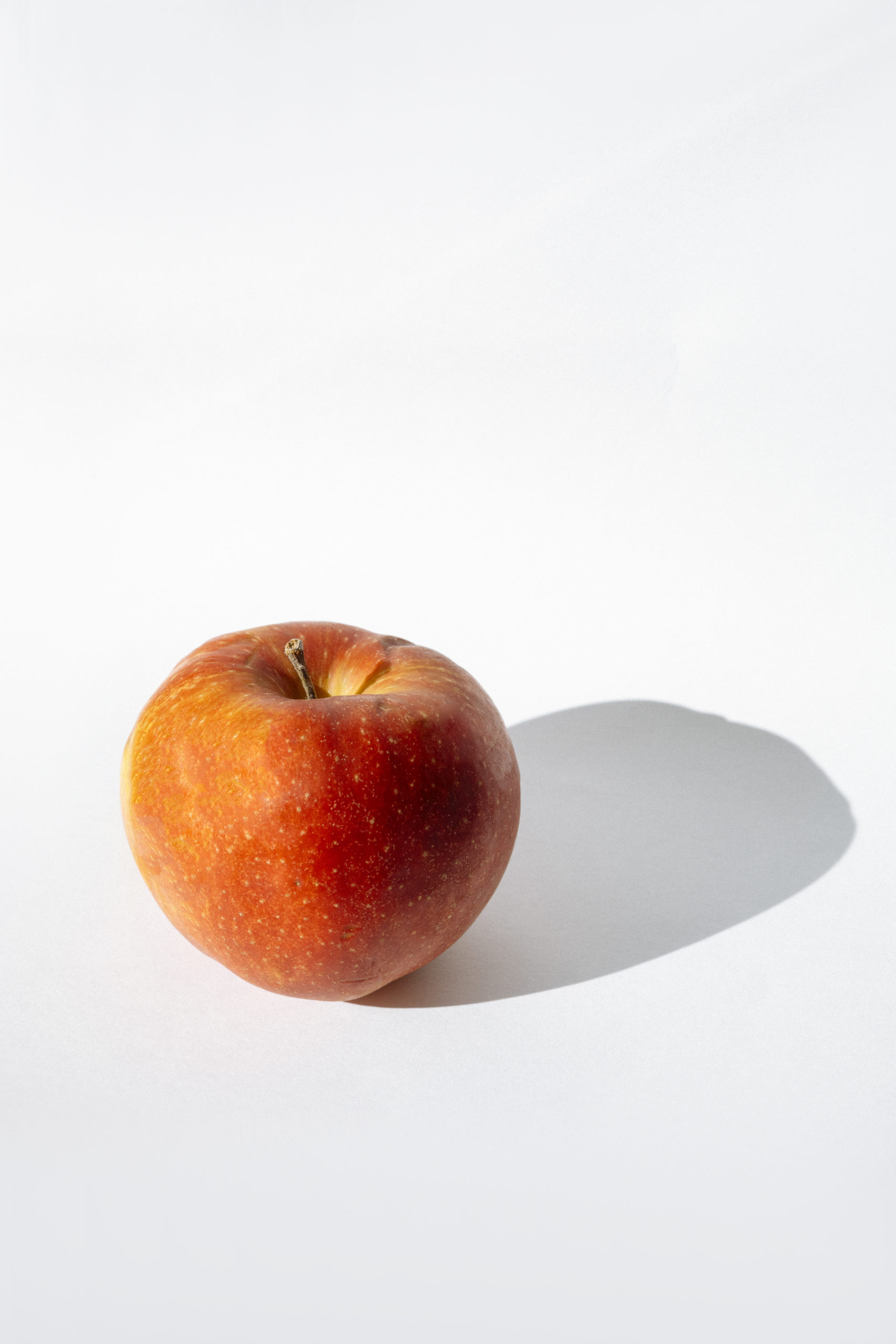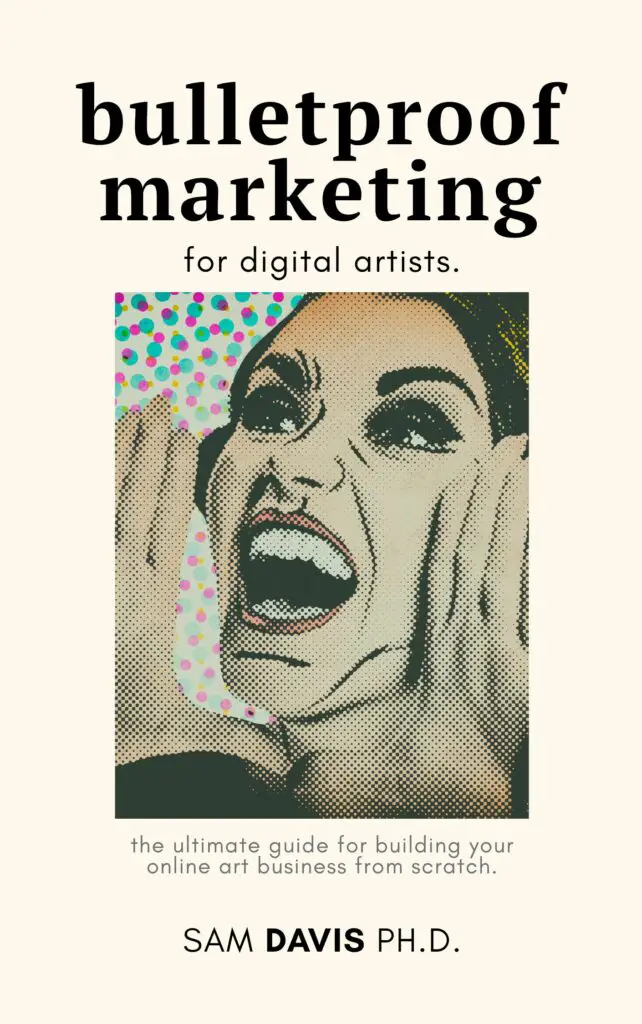Whether you're an aspiring artist or just looking for a fun activity, learning how to draw an apple is a great way to spend your time. Apple drawings can be used for all sorts of purposes, from art projects to logo design.
In this blog post, we will share some of the best resources for mastering how to draw apples. We'll also provide some tips and tricks on how to create the perfect apple drawing. So what are you waiting for? Let's get started!
1. Why draw apples?
Apples are a classic subject for drawings and paintings. They're also a great way to practice your drawing skills. Whether you want to improve your technique or simply learn how to draw an apple, these resources will help you master the art of apple drawing.

When artists are first learning to draw, they often start with simple objects like apples. There are several reasons for this. First, apples are relatively easy to draw, with their smooth, round shape and simple transitions between highlights and shadows.
This makes them a good subject for practicing the basic skills of drawing, such as line quality, shading, and perspective. Additionally, apples provide a chance to practice a variety of drawing techniques, from crosshatching to stippling. In other words, they offer a great opportunity for experimentation and growth.
Finally, apples are just plain fun to draw! With their bright colors and juicy texture, they make an excellent subject for still life drawings. So next time you're looking for a subject to draw, reach for an apple.
2. The best resources for mastering how to draw an apple
If you're looking to improve your drawing skills, there's no better fruit to start with than the apple. This classic subject matter provides a perfect opportunity to practice a wide range of techniques, from shading and perspective to outlining and proportion.
And once you've mastered the basics, you can start to experiment with different styles and interpretations. To get started, check out these vastly different resources for learning how to draw an apple.
A simple, cartoon apple with a marker and a fairly smooth shape
A line drawing apple for adults – black and white
3. Tips and tricks for sketching your apple
As you'll quickly realize, there's a lot that goes into drawing a realistic apple. It may even be intimidating to think about drawing the entire apple. You need a realistic shape before you even think about colored pencils, or how to begin shading.
Break your apple up into basic shapes
An apple can be broken up into a few simple shapes. The body of the apple is sphere or fat cone, with the bottom being slightly more narrow than the top. There's a divet in the overall shape at both the top and bottom – one for the step, and one for where the flower bud used to be. The stem itself is a long, curved box, and the leaves are curvy triangles stacked on top of each other.
Really though, it's whatever simple shapes help you draw the rounded shape of an apple. If my description didn't help, toss it. The important skill that you need to pick up is how to break down an entire apple into smaller details. Because that is the skill that will be transferrable long after you're done drawing apples.

Use sketch paper to make quickfire versions of your apple
I picked this trick up from a lettering artist, but it applies well here. Make your initial drawing on a piece of computer paper. Then, cover it up with a piece of tracing paper. Redraw the parts you like, and change the parts you don't. Make your existing lines nice and bold, and watch the new ones take shape.
When you're done with that drawing, do it again. Put your tracing paper on the bottom and put a new piece on top. Repeat 5-10 times until you're happy with your sketch. You'll have an appropriately curved line, a three dimensional look, and the top of the apple should be perfect.
Draw a few different versions before settling on the apple that you like.
Just because there's a very famous apple icon doesn't mean that every apple needs to be drawn like Mac's Apple. Step out of your comfort zone and consider drawing a bitten apple. Or a rotting apple. Or a ghostly apple. I dunno, man. The sky's the limit here. Just because you're doing a drawing exercise doesn't mean you can't have any fun with it.
4. How to use apple drawings in your projects
If you're serious about perfecting your apple drawings, you're going to need to consider a lot of things like:
- The color of the apple
- Applying long hatches and short hatches
- Color variations if you're making your apple in multitudes
- Adding groups of apples as your visual interest in a full painting
- Where and how to cast shadow in these drawings
- Where your light source is coming from, and how that affects your final image
You'd be surprised at how many other drawings you can incorporate your apples into. they can serve as weird character heads; as background food; hanging off of your freshly painted green trees; or even on greeting cards and stickers. Your apple drawing, especially if it's digital, can be used in loads of places.
Just remember if you are importing an old drawing into a new one, you'll need to adjust the shadows and the lighting. Your shade of red, yellow, or orange may also be off. Be sure to get the color of the apple matching the rest of the artwork, or it will really stand out in the crowd, and not in a good way.
5. Video resources to help you do a color drawing of an apple
There are lots of resources out there for whatever apple you want to draw. If it's not the lighting you're interested in, maybe it's the color. I've really enjoyed this video tutorial on shading part of the apple with perfect colors.
6. Learning about shadows with your red apple
One of the first things you learn in an art class is to add cool colors for shading, and warm colors for highlights. That means that your shadows on a red surface may look more purple; and your highlights may look more orange or yellow. Understanding where the opposite color goes is helpful when you're considering how to make your apple look realistic.
7. Doing an entire series to complete your learning progress
The best way to work on things like reflected light, perfecting a pencil sketch, and even fixing those darker areas is to do a series. It takes time and experience to learn why “perfectly symmetrical” apples don't look realistic. It takes time to get your drop shadow right in a cartoon. You'll figure out the whole darker area / brown stem thing if only you try it a few times.
So, I'm challenging you to a series of apple! Step right into the world of working artists and draw a bunch of apples. Then, share them with your friends! It's seriously the best way to improve your smaller details across all of your art, not just in your apple drawing.
In conclusion…
Creating your first apple drawing is both incredibly easy and incredibly difficult. Apples are beautiful, majestic, weird little fruits. Let your apple shine with all sorts of color variations, hatchings, and even highlight the weird stuff with a series of drawings of apples. I promise you won't regret it!
